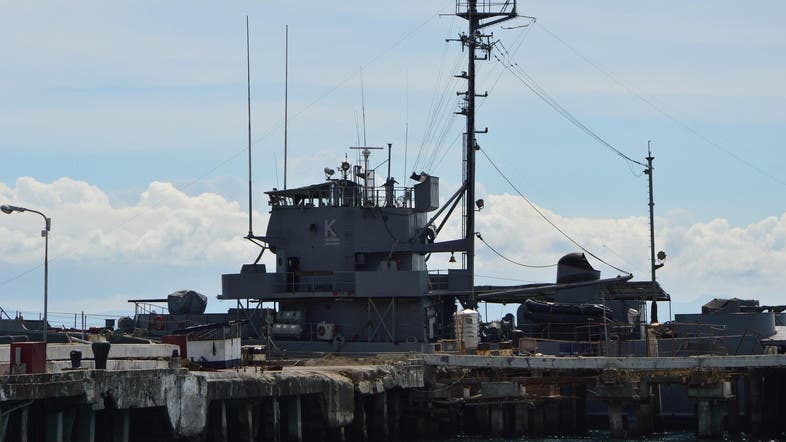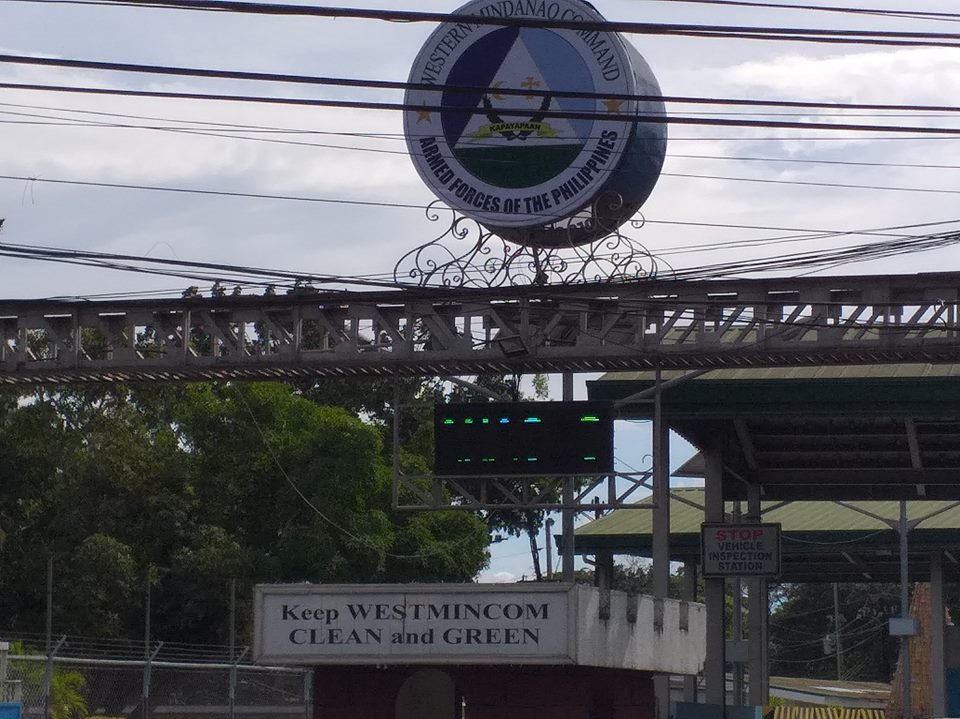
A Philippine Navy battle ship mandated to defend maritime sovereignty. (Supplied)
With China’s new structural presence in the South China Sea, the Philippine government through Department of Foreign Affairs Secretary Teodoro Locsin is turning to US Secretary of State Michael Pompeo to discuss issues in the South China Sea.
The arranged meeting of Locsin and Pompeo took place amidst the reported presence of newly-constructed Chinese structure in Bombay reef in the West Philippine Sea (or South China Sea).
The 90-feet modest structure was reportedly topped by a dome and solar panels. Aside from the South China issue, Locsin and Pompeo also discussed counter-terrorism and the Korean Peninsula tension.
With the reported additional structure of China, Defense Secretary Delfin Lorenzana said he wanted a thorough review of the 1951 Mutual Defense Treaty after Philippine officials continue to raise doubts that if the US will indeed help defend the Philippines in case of foreign attack.
Consequently, it is not clear which provision of the Treaty the Department of National Defense wanted to review but for some experts the existing Mutual Defense Treaty has benefitted the Philippines after the treaty was forged in 1951.

Eduardo Sanson is one of Philippine’s legal luminaries and Dean of WMSU’s College of Law. (Supplied)
Experts defends 1951 treaty
Lawyer Eduardo Sanson, a geopolitical expert and dean of the College of Law of Western Mindanao State University (WMSU), told Al Arabiya that as a result of the 1951 mutual defense treaty, no aggressor ever dared to attack the Philippines since 1951.
“After the second world war, would-be aggressors had to think twice at invading the Philippines because they know the United States will come into the defense of the Philippines,” Sanson added.
In Washington, Pompeo also reaffirmed its security commitment to the Philippines during the Washington meet between Locsin and Pompeo.
In the Philippines, opposition lawmakers are presently challenging the Duterte administration to make a stand or stage a diplomatic protest on the presence of China structures and naval assets moving within the 200-mile exclusive economic zone of the Philippines.
One lawmaker, opposition senator Kiko Pangilinan in a press statement said the Philippines should file a diplomatic protest and not simply be as meek as lamb in the face of these assaults on our sovereignty.
In response, Lorenzana made a bold statement that the Philippines is willing to launch a diplomatic protest on China if China’s actions in the West Philippine Sea are inconsistent with Philippine national sovereignty.

Entrance façade of Western Mindanao Command, one of the Philippine’s largest military headquarters outside Manila. (Supplied)
China-Philippine relations

A banner of the Army engineers who are at the forefront of this campaign. (Supplied)

No comments:
Post a Comment
Note: Only a member of this blog may post a comment.